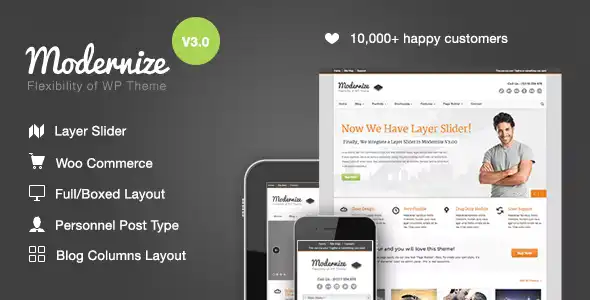Shopify has become one of the most popular e-commerce platforms, allowing businesses to set up their online stores quickly and efficiently. In this article, we will guide you through the process of setting up a full Shopify site in just 24 hours.
1. Introduction to Shopify
Shopify is a complete e-commerce solution that allows you to set up an online store to sell your products. It provides you with a range of tools and features to help you manage your store, including customizable themes, a secure shopping cart, and payment processing capabilities.
2. Benefits of Using Shopify for E-commerce
- Easy to use: Shopify’s interface is intuitive and user-friendly, making it easy for anyone to set up and manage an online store.
- Customizable: Shopify offers a wide range of customizable themes and templates, allowing you to create a unique look for your store.
- Secure: Shopify is PCI compliant, ensuring that your customers’ payment information is always secure.
- Mobile-friendly: Shopify stores are responsive, meaning they look great on all devices, including smartphones and tablets.
- Great customer support: Shopify offers 24/7 customer support via phone, email, and live chat, ensuring that help is always available when you need it.
3. Understanding the Shopify Dashboard
The Shopify dashboard is the control center for your store, where you can manage everything from products and orders to customer information and store settings. It provides you with an overview of your store’s performance, including sales data and visitor statistics.
4. Setting Up Your Shopify Store
Choosing a Plan
Before you can set up your store, you’ll need to choose a Shopify plan that suits your needs. Shopify offers a range of plans, from basic to advanced, with different features and pricing.
Selecting a Domain Name
Next, you’ll need to select a domain name for your store. Shopify offers a free myshopify.com domain name, but you can also use your own custom domain name if you prefer.
Customizing Your Theme
Once you’ve selected a domain name, you can customize your store’s theme to match your brand. Shopify offers a range of customizable themes, or you can create your own using Shopify’s theme editor.
Adding Products
With your theme in place, you can start adding products to your store. Shopify makes it easy to add products, including images, descriptions, and pricing information.
Setting Up Payment Gateways
To accept payments on your Shopify store, you’ll need to set up payment gateways. Shopify offers a range of payment gateways, including Shopify Payments, which allows you to accept credit card payments directly through your store.
Configuring Shipping Settings
Next, you’ll need to configure your store’s shipping settings. Shopify allows you to set up different shipping rates based on location, weight, and size of the items being shipped.
Setting Up Taxes
Finally, you’ll need to set up your store’s tax settings. Shopify makes it easy to configure tax rates based on your location and the location of your customers.
5. Launching Your Shopify Store
Testing Your Store
Before you launch your store, it’s important to test it to ensure that everything is working correctly. Shopify provides a test mode that allows you to test your store without processing real transactions.
Setting Up Your Custom Domain
Once you’re satisfied with your store, you can set up your custom domain name. Shopify makes it easy to connect your store to your custom domain name.
Marketing Your Store
With your store set up and ready to go, it’s time to start marketing it to attract customers. Shopify offers a range of marketing tools, including email marketing and social media integration, to help you promote your store.
6. Managing Your Shopify Store
Managing Orders
Once your store is up and running, you’ll need to manage your orders. Shopify provides a range of tools to help you track and fulfill orders efficiently.
Managing Customers
In addition to managing orders, you’ll also need to manage your customers. Shopify allows you to track customer information and communicate with them via email.
Managing Inventory
Keeping track of your inventory is crucial to running a successful e-commerce store. Shopify provides tools to help you manage your inventory, including tracking stock levels and setting up automatic reorder points.
Analyzing Your Store’s Performance
Finally, Shopify provides a range of analytics tools to help you track your store’s performance. These tools allow you to monitor sales, track visitor statistics, and identify areas for improvement.
7. Conclusion
Setting up a full Shopify site in 24 hours is achievable with careful planning and execution. By following the steps outlined in this article, you can have your Shopify store up and running quickly and efficiently, ready to start attracting customers and generating sales.
8. FAQs
Q1: Can I use Shopify for free?
A1: Shopify offers a 14-day free trial, after which you’ll need to choose a paid plan.
Q2: Can I use my own domain name with Shopify?
A2: Yes, Shopify allows you to use your own custom domain name.
Q3: Do I need to know how to code to use Shopify?
A3: No, Shopify is designed to be user-friendly and does not require any coding knowledge.
Q4: Can I sell digital products on Shopify?
A4: Yes, Shopify allows you to sell both physical and digital products.
Q5: Does Shopify provide customer support?
A5: Yes, Shopify offers 24/7 customer support via phone, email, and live chat.

















